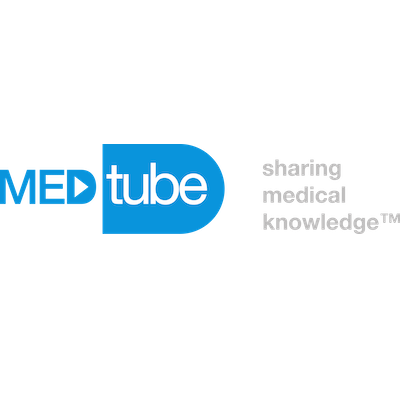The clinical trial landscape has shifted as a result of COVID-19 and quality risk management techniques and tools have evolved by leaps and bounds over the last year. Best practices in RBQM are influencing clinical study methodology and decentralized trials, putting a spotlight on risk based data review including site and central monitoring.
DGE invites you to attend the 4th Risk-Based Quality Management Summit and hear from industry experts on how elements of RBQM can be implemented individually and independently to great success, making clinical trials better, faster, cheaper, and safer for patients.
-
Enable Smarter RBQM with Technology
-
Review Newly Revised ICH E6(R3) and its Impact in Clinical Research
-
Evaluate Key Success Factors for Adopting a QbD Methodology
-
Predict and Avoid Common Pitfalls in Your RBQM Journey
-
Acquire Talent With the Necessary Skills for RBQM Success
This conference is designed for pharmaceutical, biotech, and medical device professionals responsible for:
-
RBM/RBQM
-
Study Monitoring
-
Central Monitoring/Site Monitoring
-
Clinical Operations
-
Clinical Research
-
Clinical Quality
-
Clinical Quality Assurance
-
Clinical Compliance
-
Clinical Outsourcing
-
Data Management
-
Data Science
-
Global Clinical Trial Operations
-
Regulatory Affairs
-
Risk Evaluation
Connect with industry leaders, expand your network, and enjoy exclusive access to premium updates. Discover new opportunities in an easy, limited-seating environment. Elevate your experience with us!
Connect with your target network. Connect with professionals and amplify your connections.
Hit your networking target. Connect with the right professionals to amplify your event connections
Discover networking spaces to interact, engage, and build valuable connections
All approved presentations will be made available exclusively to our valued attendees after the event. *Conditions may apply.
Engage for two days. Immerse yourself in a dynamic conference experience, unlocking opportunities
Maximize your brand's impact and visibility by becoming a valued sponsor. Shape the future of life sciences, connect with other industry leaders, and showcase your commitment to innovation. Elevate your presence - sponsor this conference and be at the forefront of advancements in science and technology.
Pose your questions in advance and be part of a conference where your interests influence the content (Team leadership, management, development, and more)
Maximize your brand's impact and visibility by becoming a valued sponsor. Shape the future of life sciences, connect with other industry leaders, and showcase your commitment to innovation. Elevate your presence - sponsor this conference and be at the forefront of advancements in science and technology.
Stay up to date on the latest announcements
















